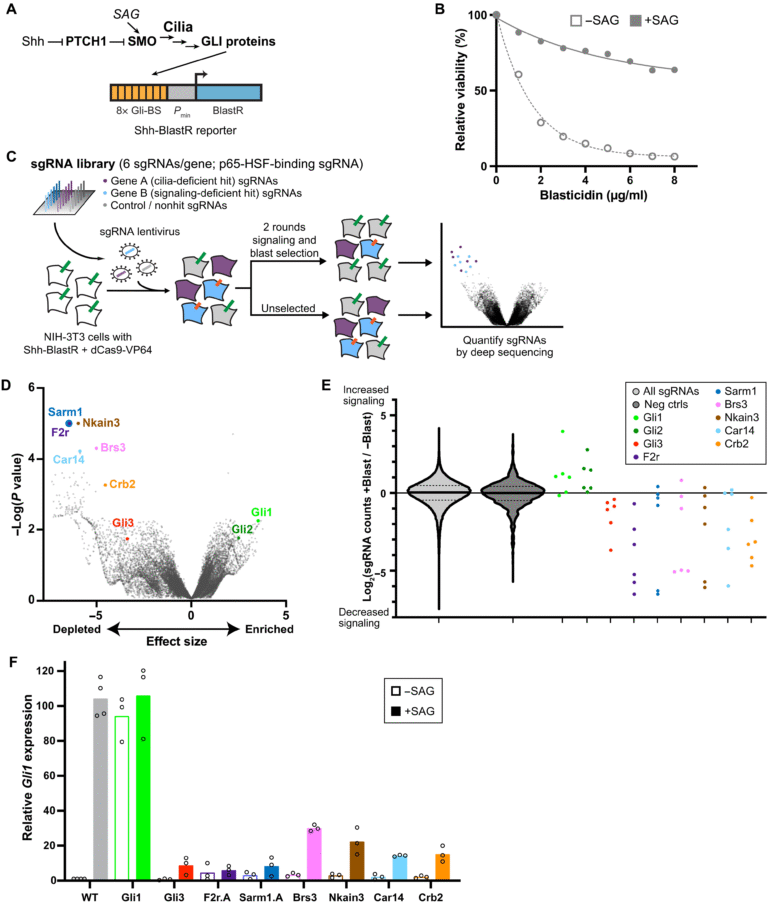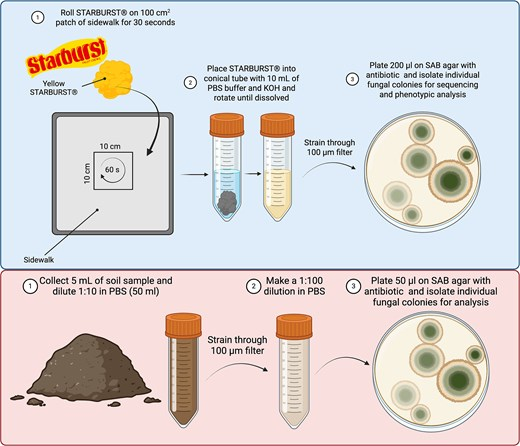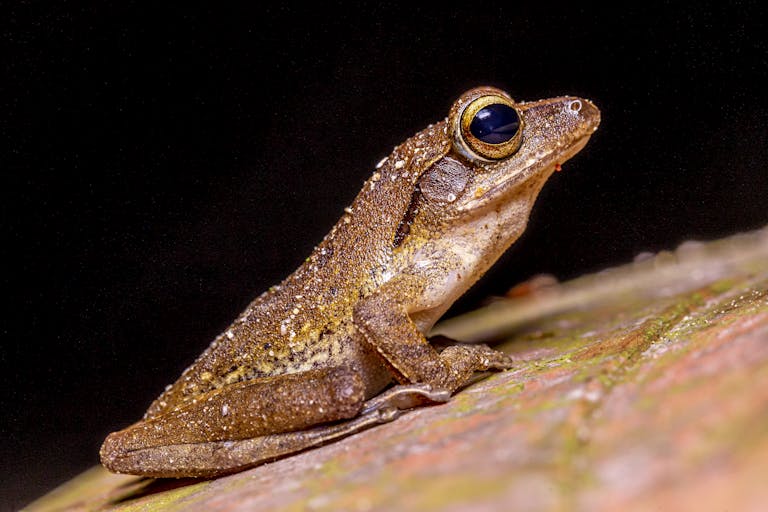Warming Climate Threatens Mollusk Populations in the Western Atlantic with Drastic Range Losses

The warming of Earth’s oceans is moving faster than many species can adapt, and new research presented at the GSA Connects 2025 conference in San Antonio, Texas suggests that mollusks—a group that includes clams, oysters, and snails—could face massive declines in their range across the western Atlantic Ocean. According to the study led by Dr. Claudia Nuñez-Penichet, a postdoctoral researcher at Virginia Tech’s Department of Fish and Wildlife Conservation, climate modeling predicts that mollusk populations along the North American coast could lose over 60% of their current range as global temperatures continue to rise.
The research team examined how different climate change scenarios might affect marine mollusks that inhabit the western Atlantic coast, an area already showing signs of warming and increasing ocean acidity. The findings are alarming: no group of mollusks appears to be safe, regardless of their size, shape, shell type, or feeding habits. The results point to a future where many of these species could disappear from large parts of their current habitats—an event that would have profound consequences for the marine ecosystems they support.
How the Study Was Conducted
To understand how climate change could reshape mollusk distributions, the researchers built models that compared current ocean conditions—such as surface water temperature, acidity (pH levels), and current velocity—with projected future conditions under various carbon emission scenarios. By identifying where similar environmental conditions might exist in the future, the models estimated how far mollusk ranges could shift or shrink.
The study currently includes 57 mollusk species found in the western Atlantic but will soon expand to more than 200 species. The researchers also plan to apply the same modeling framework to paleontological data, allowing them to explore how past climate shifts shaped today’s marine biodiversity. This comparison could reveal valuable insights into how future climate scenarios might unfold for mollusk populations.
However, the study’s authors acknowledge that no model can capture every real-world factor influencing survival. Complex processes like migration, predator-prey interactions, competition, and sea-level rise were not included. These omissions mean that while the models give a strong indication of vulnerability, the true outcomes could be even more severe in nature.
Why Mollusks Matter More Than You Think
Mollusks are not just another group of ocean creatures—they are vital engineers of marine ecosystems. Species such as clams, oysters, and mussels play a major role in filtering seawater, improving water clarity, and controlling harmful algal blooms. Their shells and reefs act as natural barriers, helping stabilize sediments and protect shorelines from erosion.
When mollusk populations decline, the effects ripple across the ecosystem. Fish, crustaceans, and even birds depend on them for food or habitat. Oyster reefs, for instance, provide shelter and breeding grounds for countless marine species. A sharp drop in mollusk numbers would therefore disrupt entire food webs, degrade water quality, and reduce the resilience of coastal ecosystems already under pressure from human activity and pollution.
Economically, mollusks are equally important. The fishing and aquaculture industries along the Atlantic coast rely heavily on species like oysters and clams. Losing them to climate change could devastate local economies and threaten the livelihoods of thousands of people who depend on these industries for income and food security.
The Patterns Revealed by the Model
One of the most surprising findings of the study was that species traits made no difference in their predicted vulnerability. Whether a mollusk was small or large, mobile or stationary, or lived in shallow or deeper waters, its risk of range loss remained almost the same. In other words, adaptations that typically help species survive environmental change offered no protection in this case.
Under the most extreme climate scenarios—those with continued high carbon emissions—the models show steep declines in mollusk ranges by 2050, with potential for even greater losses by 2100. Interestingly, the projected rate of loss in the high-emission scenario for 2050 is similar to that in a moderate-emission scenario for 2100. This suggests that aggressive action to reduce carbon emissions could delay or even prevent the worst outcomes.
For Dr. Nuñez-Penichet and her colleagues, this offers a glimmer of hope. While the situation looks grim, it reinforces that human actions still matter. If fossil fuel emissions are curbed and conservation efforts ramp up now, there’s a real chance to preserve these species and the ecosystems they support.
Looking Beyond the Numbers
Although the study focuses on the western Atlantic, its implications extend much further. Mollusks are found in every ocean and perform similar ecological roles globally. If current trends continue, we could see comparable patterns of decline in other regions—especially in areas experiencing rapid warming and acidification, such as the Gulf of Mexico, Caribbean Sea, and Mediterranean.
The study also highlights the importance of using modeling tools to identify “vulnerability hotspots”—regions where mollusk species are most at risk. Conservationists can then prioritize these areas for protection, monitoring, and habitat restoration. As coastal communities grapple with climate-related challenges like flooding and habitat loss, safeguarding mollusk populations could become a critical component of larger marine resilience strategies.
Ocean Acidification: The Silent Threat
While temperature is a key factor, ocean acidification may be just as damaging to mollusks. As atmospheric carbon dioxide (CO₂) dissolves in seawater, it lowers the ocean’s pH, making it more acidic. This process reduces the availability of calcium carbonate, the mineral that mollusks use to build their shells.
When the water becomes too acidic, mollusk shells can weaken, dissolve, or fail to form properly in larvae. This makes them more vulnerable to predators and less likely to survive into adulthood. In regions already experiencing acidification—such as parts of the Gulf of Maine and the Pacific Northwest—mollusk hatcheries have reported major losses in recent years.
If acidification continues to worsen alongside rising temperatures, mollusks in the western Atlantic may face a double threat—warmer waters pushing them out of their habitats and acidic waters undermining their physical structures.
The Road Ahead
Expanding the model to include more species and paleontological data will help scientists better understand long-term patterns of resilience and collapse in marine ecosystems. By comparing modern results with fossil records, researchers can see how mollusks responded to past climate shifts, such as those at the end of ice ages. These insights can guide future conservation planning and help predict which areas might serve as climate refuges for certain species.
At the same time, policy decisions and community action will determine how severe the damage becomes. Reducing carbon emissions, protecting coastal habitats, and restoring oyster reefs and seagrass beds can all strengthen ecosystem resilience. Public awareness, sustainable fisheries management, and marine protected areas are also key components of this effort.
A Critical Choice for the Future
This study’s message is clear: doing nothing is not an option. The fate of mollusks—and by extension, the health of our coastal ecosystems—depends on how quickly humanity responds to climate change. The fact that moderate emissions scenarios show significantly better outcomes means that every degree of warming avoided counts.
As Dr. Nuñez-Penichet’s research team expands their work, their findings will not only shed light on how mollusks are coping but also help shape the strategies we need to protect them. The western Atlantic is a warning sign, a living laboratory for what could happen elsewhere if urgent action is delayed.
Research Source:
Geological Society of America – Warming Climate Could Decimate Mollusk Populations in the Western Atlantic (GSA Connects 2025)





